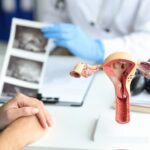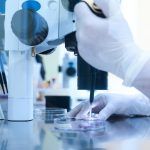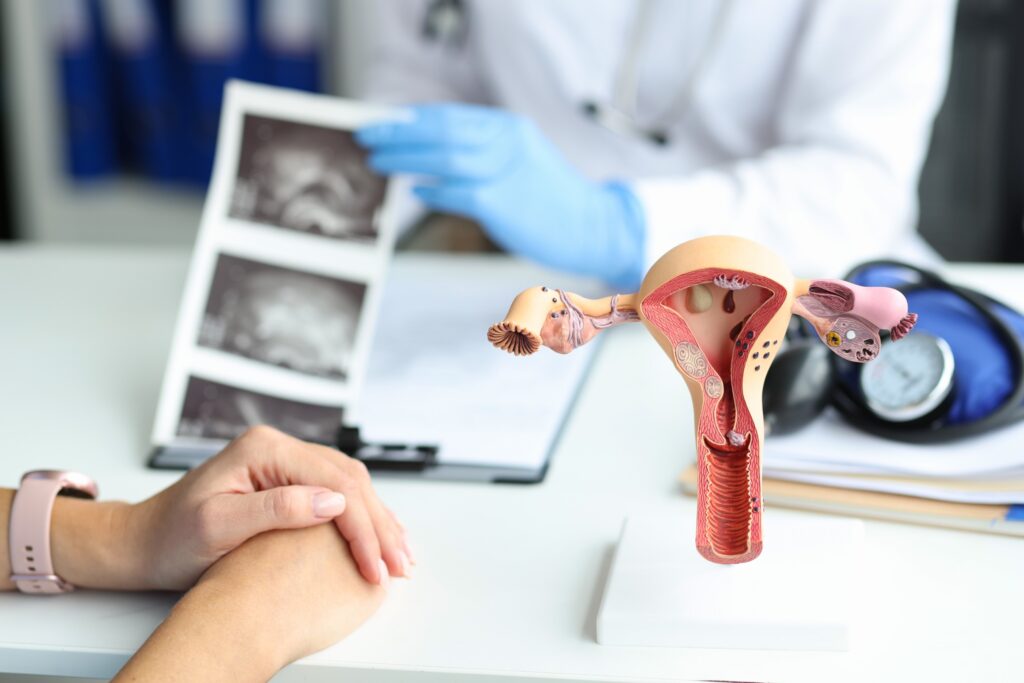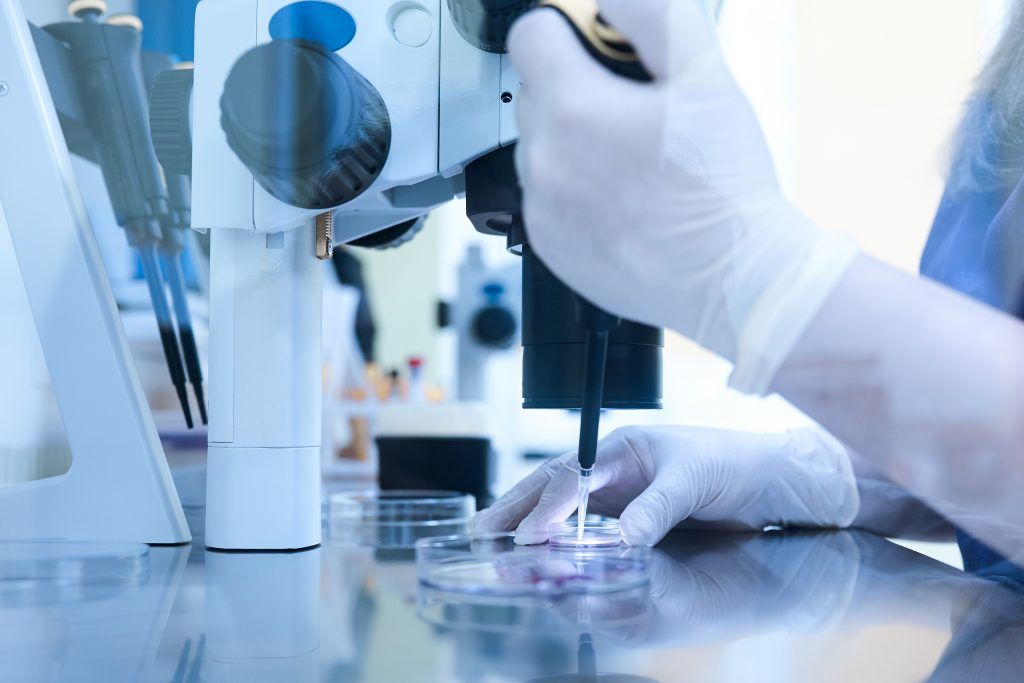IVF consists of:
1. Preparing the ovaries: The ovarian stimulation can be preceded by a preparation of the ovaries by means of a hormonal treatment (oral contraceptives, subcutaneous injections or inhaler) which lasts 2 to 3 weeks. With this treatment, menstruation is induced and ultrasound and a blood test are sometimes performed to confirm ovarian down-regulation.
2. Ovarian Stimulation: It starts after the menstruation with injectable hormonal preparation (subcutaneous). This treatment is controlled with serial transvaginal scans and blood tests for 6-8 days, with the aim of achieving a good oocyte development and determining the optimum moment for their recovery.
3. Oocytes Recovery: The oocytes are collected by an ovarian puncture through the vagina, under ultrasound control, and aspirating the contentof the follicles (small sacks of fluid containing oocytes). The follicular puncture is practicedundersedation in the operating theater, and lasts from 10 to 15 minutes. A few hours later, the patient returns home, where she rests throughout the whole day.
in the next video
4. Oocytes Insemination: The partner gives thesemen sample the morning of the oocyte recovery, and it is processed in the laboratory to inseminate the oocytes. In a conventional orspontaneous inseminationthe oocytes are placed together with the sperm in a culture tray in order for the sperm to penetrate the oocytes spontaneously. In the ICSIorintracytoplasmic sperm injection, a single sperm is inserted in each oocyte with a micropipette. The fertilisation of the oocytes is assessed 18-20 hours post insemination.
5. Embryo Transfer: One or two embryos are transferred into the uterus 2, 3 or 5 days after the oocyte retrieval. This transfer is carried out inserting, through the uterine cervix, a thin cannula loaded with the embryos. the patient rests for a few minutes. After the transfera treatment with progesteroneis indicated to support the implantation of the embryos.
Aproximadamente la mitad de las parejas tiene embriones sobrantes de la Fecundación in vitro. Estos embriones se dejan en cultivo durante un máximo de 7 días tras la punción y aquellos que tienen una evolución normal son vitrificados, con el consentimiento de la pareja. Estos embriones pueden ser en un futuro descongelados y transferidos al útero, para intentar de nuevo embarazo en un proceso llamado criotransferencia.
6. The pregnancy test is carried out in blood approximately 15 days after follicle aspiration and the results are available in a few hours. and the results are available in a few hours.
although after the oocyte recovery it is recommended to rest for 4 hours everyday
Fuente: Atlas Reproducción Asistida
.until the pregnancy test. Pregnancy rate per cycle (or month of treatment) is 30 – 55%depending on the woman’s age.
More than70% of couples conceive during thefirst 3 cycles of treatment. Incidence of twin pregnancy: 20%. Click here to see our latest IVF results Incidence of twin pregnancy is 20 %
You can also read the testimonials of patients who have achieved their pregnancy thanks to in vitro fertilization.
For more information on theprice of in vitro fertilization, consult our Plan Concibe.


















